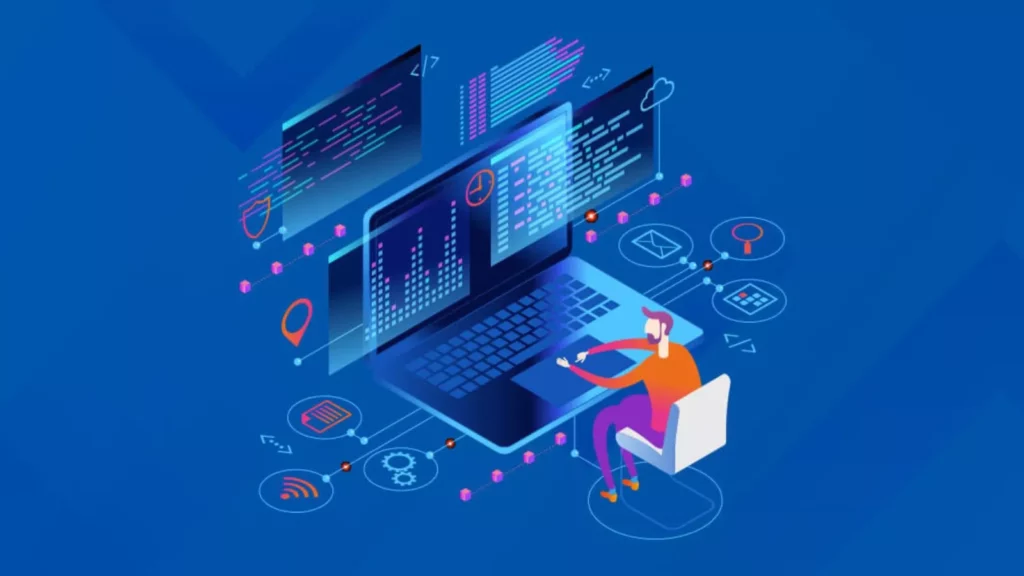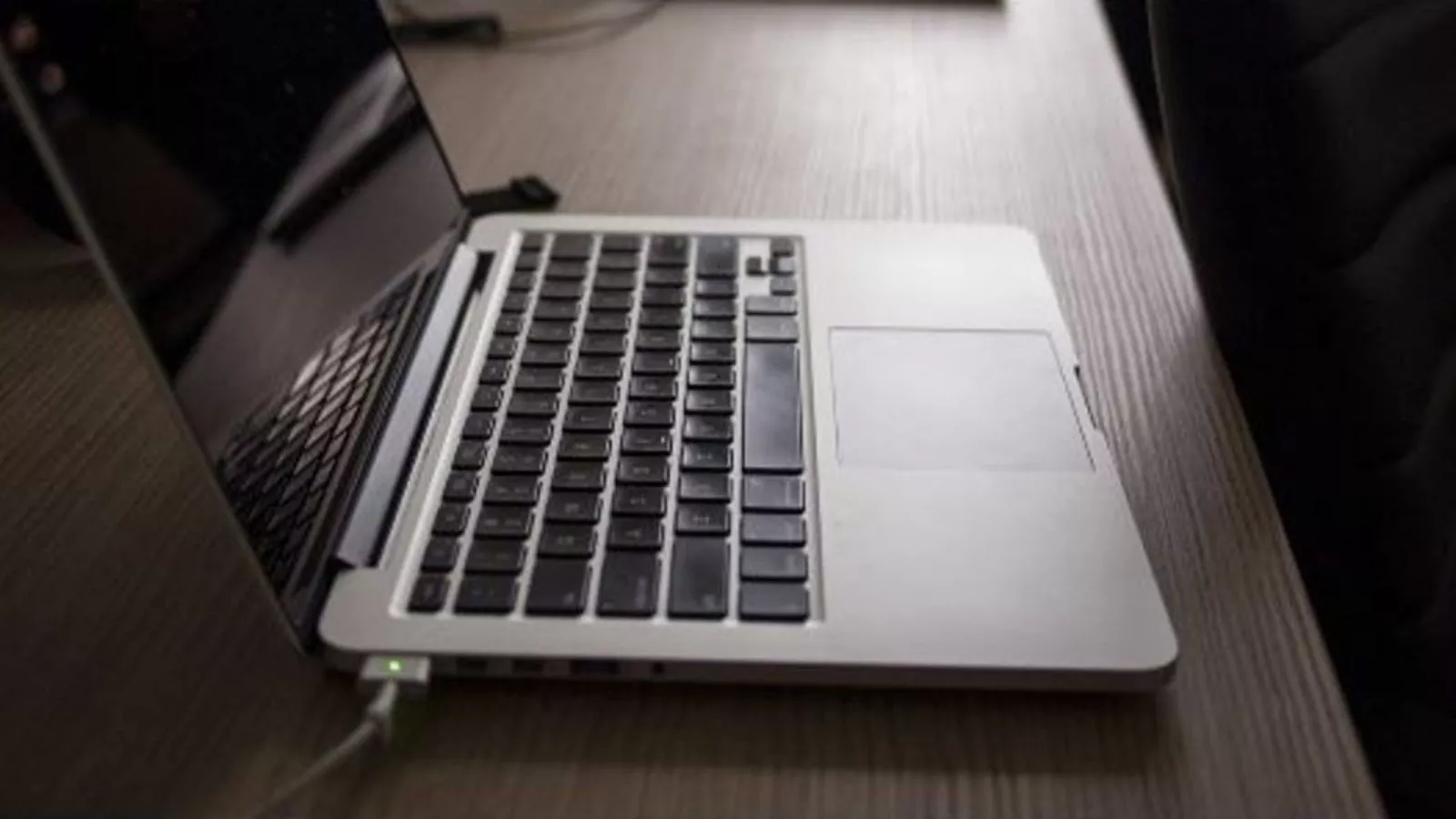It’s not a common question that a lot of people ask but some of you may wonder why computers only understand binary numbers. Well, in this article, I will talk about binary numbers and how computers work.
Table of Contents
- What is Binary Code?
- How Do Computer Read Binary Numbers
- Why Do Computers Only Understand Binary?
- How Does a Computer Decode the Binary Language?
- What is the Difference Between a Binary Code and a Decimal Number?
What is Binary Code?

Binary code is a system of numbering that uses only two digits: 0 and 1. It is the most common system in computer science, because it allows computers to process information quickly.
What is the role of binary code?
The role of binary code in computing can be divided into three main areas:
- Storage and retrieval
- Data processing
- Communication
A binary file is a sequence of bits. The simplest type of computer data is a 1-bit or “on” value and a 0-bit or “off” value, represented by the digits 1 (on) and 0 (off). The term “binary digit” might also be used to describe such a bit. Binary code is read by computers and other digital machines, and is the only language understood by them.
How Do Computer Read Binary Numbers

Binary numbers can be represented as a string of bits or bytes. A byte is made up of 8 bits. The binary number 11111111 is the decimal number 1 with 8 zeros after it. The binary number 01010101 is the decimal number 2 with 4 ones after it.
When a computer reads binary numbers, it interprets the bytes as decimal numbers and performs the process of converting them to their respective base 10 equivalents.
For example, converting 11111111 from binary to decimal is 1. When a computer reads 3 from 0, it becomes 10 in binary because that is how many bits follow 3 (0 in binary means 0000).
Why Do Computers Only Understand Binary?
Computers only understand binary because they are based on logic and maths. This is why most computers only know how to do two things: read and write.
The reason why computers only understand binary is because it is easier for them to work with. It’s much easier for them to work with 1s and 0s than it is with letters or numbers in text.
How Does a Computer Decode the Binary Language?
Binary language is a language that uses only two symbols – 1 and 0. These symbols represent the on/off state of a computer. A computer translates binary language into an understandable form by using a process called decoding.
Decoding is the process of converting binary data from one form to another, such as converting data from base-2 to base-10 or decimal numbers.
What is the Difference Between a Binary Code and a Decimal Number?
A binary code is a sequence of 0s and 1s that can be used to represent digital information. The number of bits in a binary code is the number of choices it has. There are two types of bits:
A decimal number is a numeric representation of an integer or real number, with a fixed total number of digits after the decimal point. In mathematics, a natural number is any positive integer that is not the sum of two integers (that is, it does not involve an integer plus its own square or any other integer).
Peace Out!





